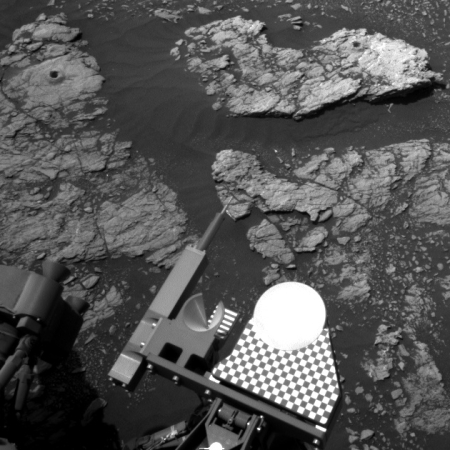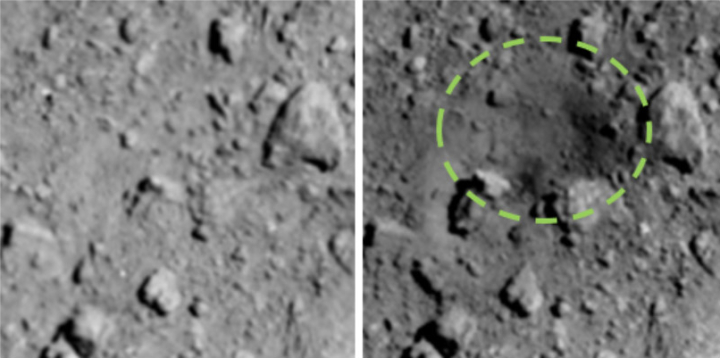The uncertainty of science: New and very firm data from the Hubble Space Telescope on the universe’s expansion rate conflicts with just-as-firm data obtained by Europe’s Planck astronomical probe.
According to Planck, the present universe should be expanding at a rate of 67 kilometers per second per megaparsec. According to Hubble, the actual expansion rate is 74 kilometers per second per megaparsec.
And according to the scientists involved, both data sets are reliable and trustworthy, leaving them baffled at the difference.
“This is not just two experiments disagreeing,” explained [lead researcher and Nobel laureate Adam Riess of the Space Telescope Science Institute (STScI) and Johns Hopkins University, in Baltimore, Maryland.] “We are measuring something fundamentally different. One is a measurement of how fast the universe is expanding today, as we see it. The other is a prediction based on the physics of the early universe and on measurements of how fast it ought to be expanding. If these values don’t agree, there becomes a very strong likelihood that we’re missing something in the cosmological model that connects the two eras.”
Ya think? Any cosmologist who claims we really understand what is going on, based on our present fragile and very limited knowledge, is either fooling him or herself or is trying to fool us.
I should note that there seems to be an effort, based on the press release above as well as this second one, to downplay the amount of uncertainties that exist in this cosmological work. Both releases fail to note that when scientists announced their first expansion rate estimate from Hubble’s first data back in 1995, those scientists claimed with absolute certainty that the expansion rate was 80 kilometers per second per megaparsec. At the time some scientists, led by the late Allan Sandage of the Carnegie Observatory, disputed this high number, claiming the number could be as low as 50. Some even said it could be as low as 30 kilometers. Sandage especially found himself poo-pooed by the cosmological community for disputing that the 80 number pushed by Hubble’s scientists in 1995.
In the end, the Hubble scientists in 1995 were closer to today’s Hubble number than Sandage, but his estimate was not wrong by that much more, and he was right when he said the number had to be lower. Either way, Hubble’s modern estimate of 74 for the present expansion rate is very well constrained, and is a far more trustworthy number than previous estimates.
However, do we know with any reliability what the expansion rate was billions of years ago? No. Cosmologists think it was faster, based on supernovae data, which is where the theory of dark energy comes from. It is also where Planck’s predictions come from.
That early expansion rate, however, is based on such tentative data, containing so many assumptions and such large margins of error, that no serious scientist should take it too seriously. It suggests things, but it certainly doesn’t confirm them.
This is why their faith in the numbers derived from Planck puzzles me. It is based on a “prediction,” as Riess admits in the quote above, which means it is based on a theoretical model. It is also based on that very tentative early supernovae data, which makes it very suspect to me.
The Hubble data is real data, obtained by looking at nearby stars in a very precise matter. Its margin of error is very small. It contains only a few assumptions, mostly involving our understanding of the Cepheid variable stars that Hubble observed. While skepticism is always called for, trusting this new Hubble data more is perfectly reasonable.
In the end, to really solve this conflict will require better data from the early universe. Unfortunately, that is not something that will be easy to get.





